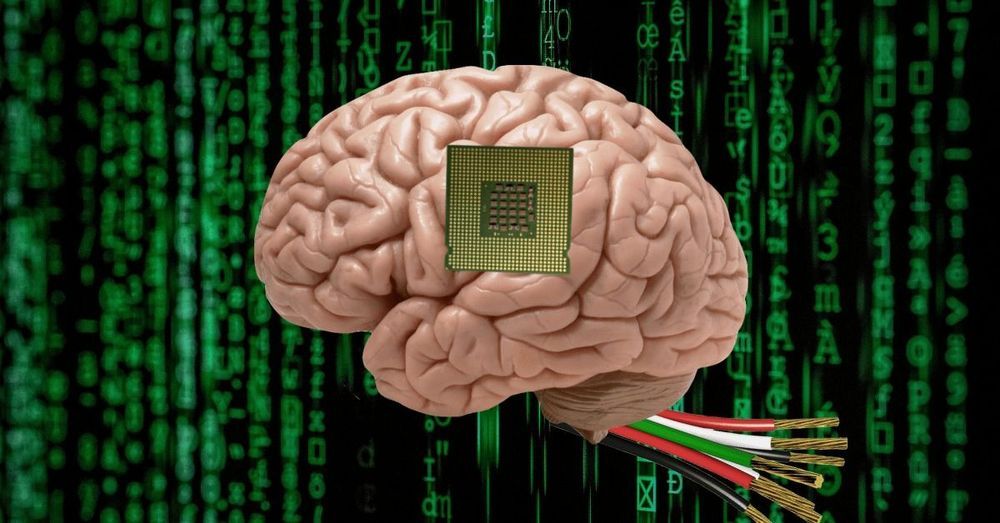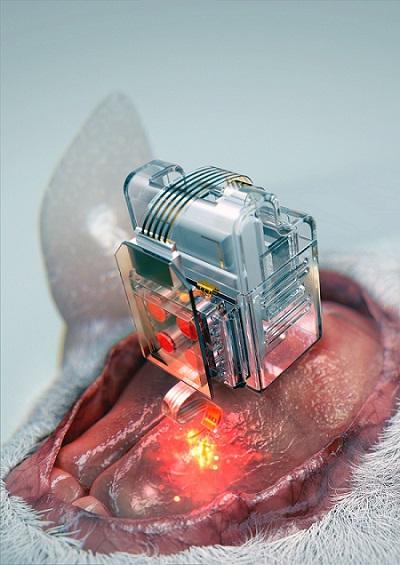Aug 17, 2019
Samsung Releasing Smartphone Using Graphene Battery for 15–30 Minute Charging in 2020
Posted by Omuterema Akhahenda in categories: biological, engineering, mobile phones, transportation
Samsung will release a smartphone using new fast chargoing graphene battery technology that can fully charge in under 30 minutes according to gadgets leaker Evan Blass (@EVLeaks).
Samsung will release a smartphone powered by new graphene battery technology that can fully charge in under 30 minutes in 2020, or possibly 2021. This will be three to five times faster than today’s lithium-ion batteries which take about 90 minutes to charge.
In 2017, Samsung Advanced Institute of Technology (SAIT) announced they had developed a “graphene ball,” a unique battery material that enables a 45% increase in capacity, and five times faster-charging speeds than standard lithium-ion batteries. The breakthrough provides promise for the next generation secondary battery market, particularly related to mobile devices and electric vehicles. In its research, SAIT collaborated closely with Samsung SDI as well as a team from Seoul National University’s School of Chemical and Biological Engineering.

















